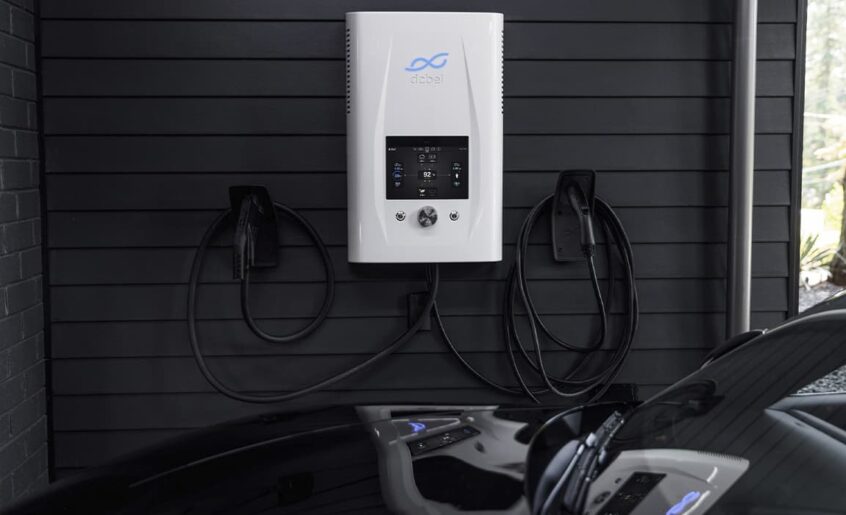The charging infrastructure is an integral and almost the most important part of the electric car world because it provides the most important thing, mobility. It is only thanks to the presence of an extensive network of charging stations that electric cars are becoming the global mass consumption transport and have been able, conventionally speaking, to move outside cities and travel unhindered throughout the territory of those European countries that have prioritized electric mobility. Norway, the Netherlands, Great Britain, Germany, France and a number of other countries, largely thanks to the development of charging infrastructure, have reduced emissions not only in major cities, but throughout the country.
At the same time, there are still people who believe in some superstitions about the charging infrastructure of electric cars. In order to get rid of common misconceptions about charging stations and infrastructure as such forever, we offer to debunk the most popular myths about it, point to the reality and explain why charging infrastructure should have been developed yesterday.
Myth #1. Electric cars use electricity generated from fossil fuels, primarily coal, so the transition to electric cars will lead to the same amount of pollution as from combustion engines at the expense of increased electricity generation
Speaking of Europe, this myth makes absolutely no sense, since 58% of all electricity generation in the EU is already carbon-neutral, and 93% of the EU population is able to use 100% renewable electricity to charge their vehicles.
Even considering the use of electricity generated in the EU, let’s say from a mix of different sources (coal, nuclear, gas, green energy), an electric car emits only 60g CO2/km, significantly lower than any fossil fuel vehicle.
Myth #2. A mass shift to electric cars will lead to the collapse of the energy grid, and too much investment is needed to achieve its stability
This popular misconception also has nothing to do with reality, because the number of electric cars is increasing, although rapidly, but gradually, which can in no way lead to the collapse of the energy system. Moreover, electric cars, which spend almost 95% of their time in parking lots, can on the contrary be used as a means of maintaining the stability of the power grid, thanks to bi-directional charging systems, the infrastructure of which is now being actively developed and implemented.
It has also been proven that if 80% of all cars became electric, the load on the grid would increase by 10-15%, with a smart charging system able to handle peak demand and solve potential problems.
Myth #3. Charging electric cars is too long
This myth has long been refuted by the installation of thousands of fast charging stations across Europe. For those who still believe in such things, let us remind you that the charging speed of an electric car depends on the capacity of the charging station (and the on-board charger of the electric car itself). Nowadays, the most common power standard is 100 kW and higher, up to super-powered charging stations of 350 kW. Charging stations with such power will charge an electric car up to 80% of the battery capacity in 20-30 minutes, which is not longer than filling a car with gasoline with a coffee break and a trip to the restroom at the gas station.
As for large vehicles, the world of heavy-duty vehicles is in the process of standardizing charging to a generally accepted capacity of 1 MW to enable high-speed charging for electric buses and trucks. When this is realized, a truck like the Tesla Semi with a range of 800 km could easily charge to 80% battery capacity in just 30 minutes as well.
Myth #4. You can’t use a charging station in the rain, so the charging infrastructure is not practical and depends on weather conditions
This myth is nonsense at all, since every electric car meets the highest safety standards and waterproofing of charging ports is mandatory. Getting an electric shock even when charging an electric car at a charging station in the rain is possible only with the most negligent disregard for basic safety precautions, which are common to all electric household appliances.
